Hands and Hearts (Conceptual)
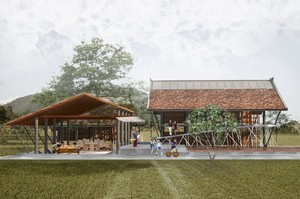
Project type: Conceptual architectural and service design project
Location: Chiang Mai, Thailand
Date: 2017
Several handicraft villages in the northern area of Thailand are slowly dying. These villages offer meticulous traditional craftworks that people once appreciated. In Baan Thawai, one of the most famous northern Thai handicraft villages, the product of precious traditional handcraft techniques have been recently replaced by mass produced goods only to serve foreign investors. One of a kind handcraft quality and incredibly low wages are what attract many distributors from China, South Korea, and Europe to order craft products in large quantities. The knowledge of local craftsmanship which used to be passed on from generation to generation will soon disappear if nothing is changed.
While I was working as an architect in Chiang Mai, a city in the northern Thailand, I started to realize that something needs to change. What these villages have lost are their charm and traditional values. In today’s world, people like to see something more flashy, and always relatable to their lifestyle. I decided to manifest my point of view regarding this issue while I applied at Cologne International School of Design in Germany (KISD) based on my professional background in the field of design and architecture.
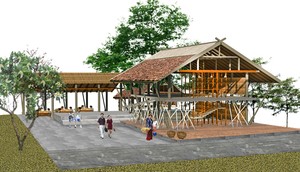
I named this project “Hands and Hearts” to describe a community of sharing handcraft knowledge, where beginners can pay a visit to learn fundamentals, intermediates and professionals others can demonstrate their works, exchange techniques or exhibit their products. The community offers workshop areas for different kinds of craftworks, a temporary exhibition space, and a café. The architecture is also designed to attract even people that initially have no special interest in crafty stuff at all. Anyone can casually visit the community, try local cuisine and enjoy the atmosphere. I would like to visualise a hopeful community that would turn something that thai people would considered obsolete to a new light, so that traditional craftsmanship can still live on in a globalized, fast-paced world.
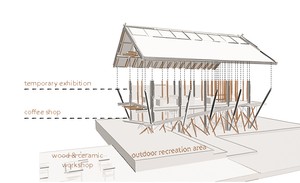
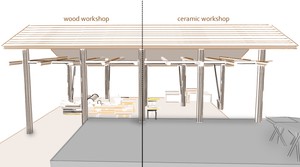
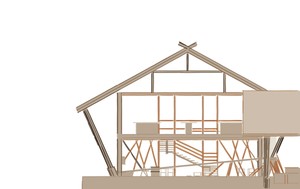
I would like to encourage younger generations to come back for a bit to our roots, to feel and experience what we currently have. Once they feel like it’s a part of their lives, their culture, it will be easier to work on it together, and embrace it as a heritage from our ancestor. On top of that, the value of thai handicraft would be cherished and passed on to an even better future in the next generations. As traditional handcraft gets more appreciated, the products gain value, which allows artists and workers to get paid more reasonably. They will no longer have to work on mass orders from foreign distributors for low wages again.